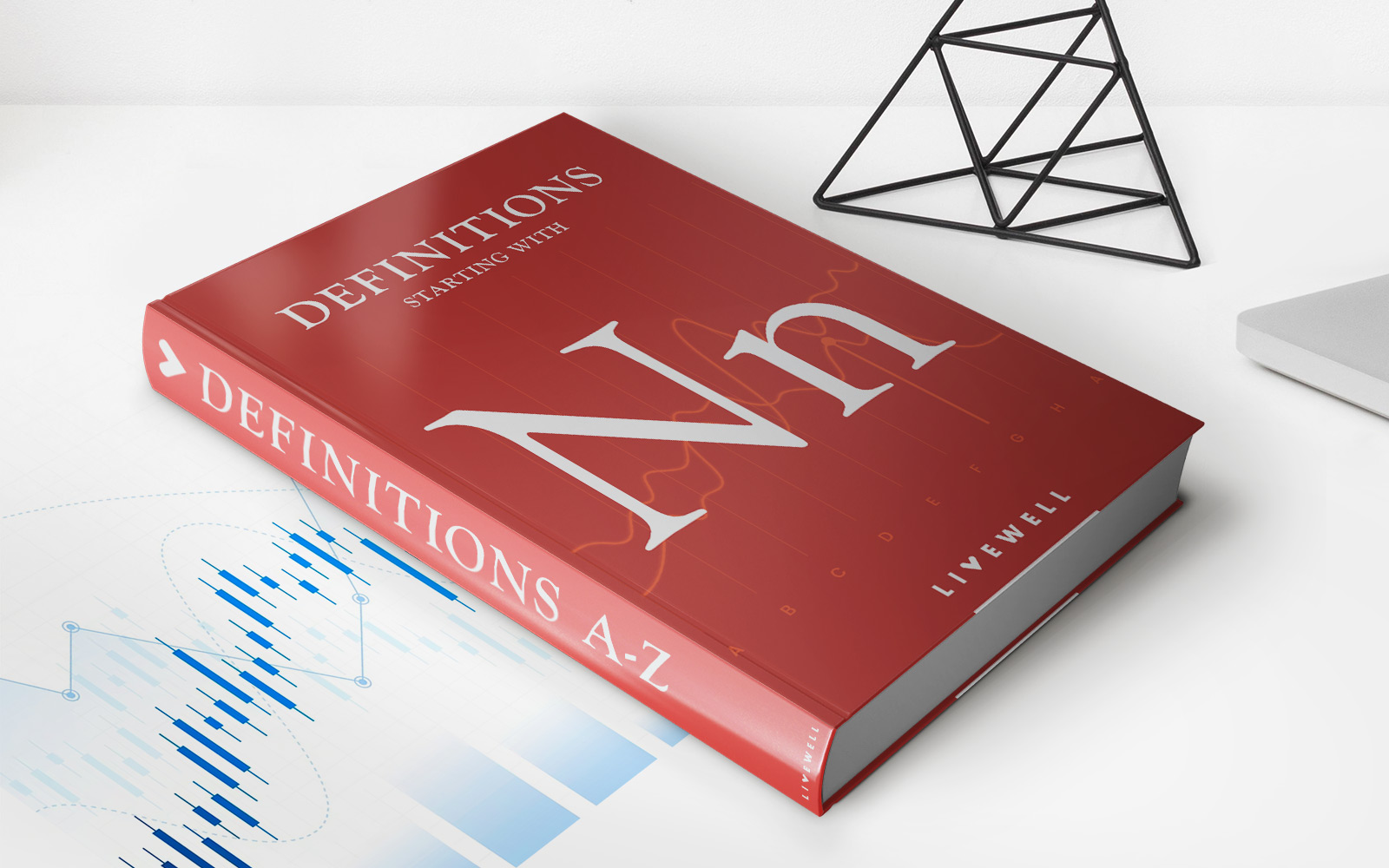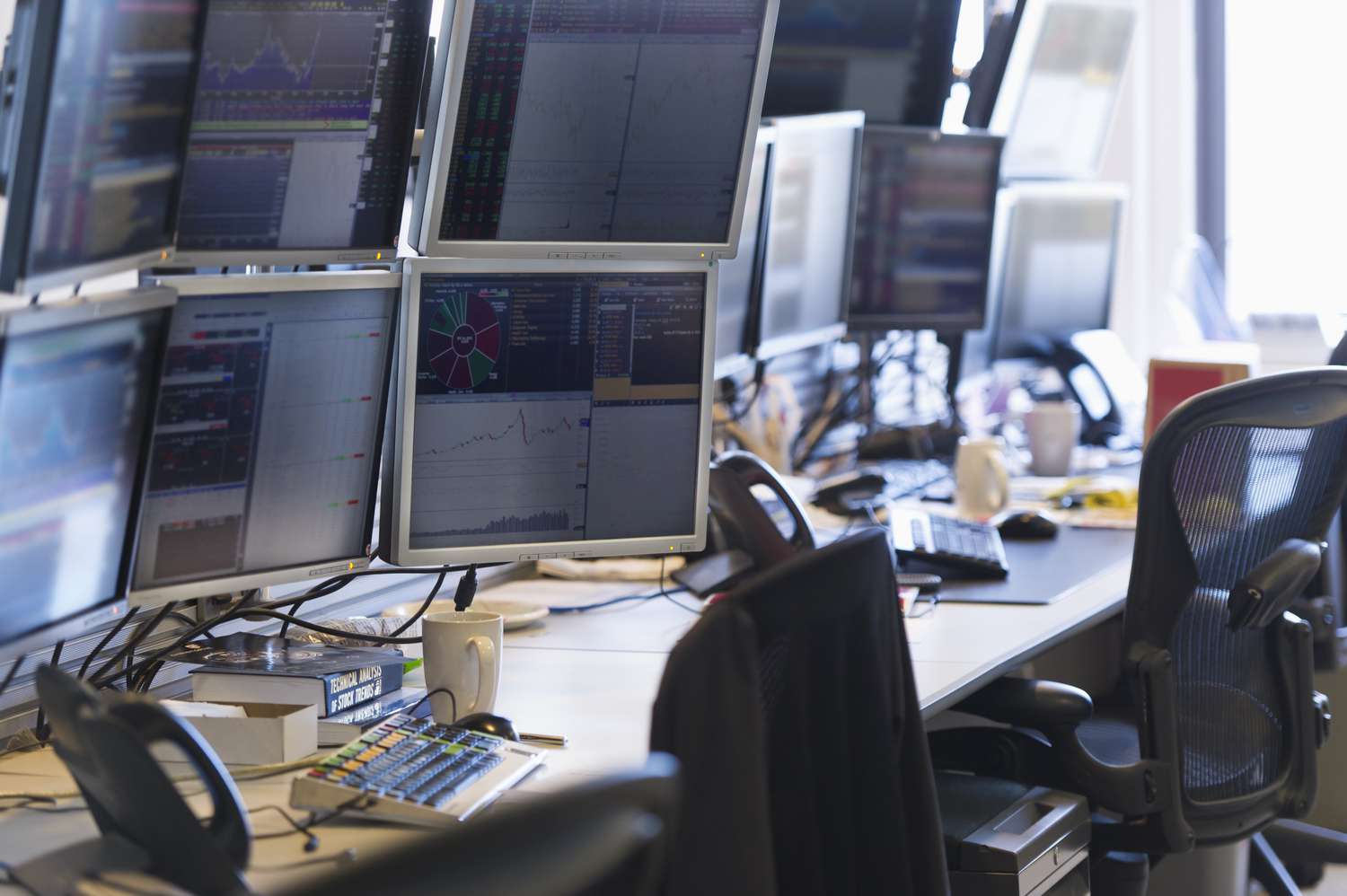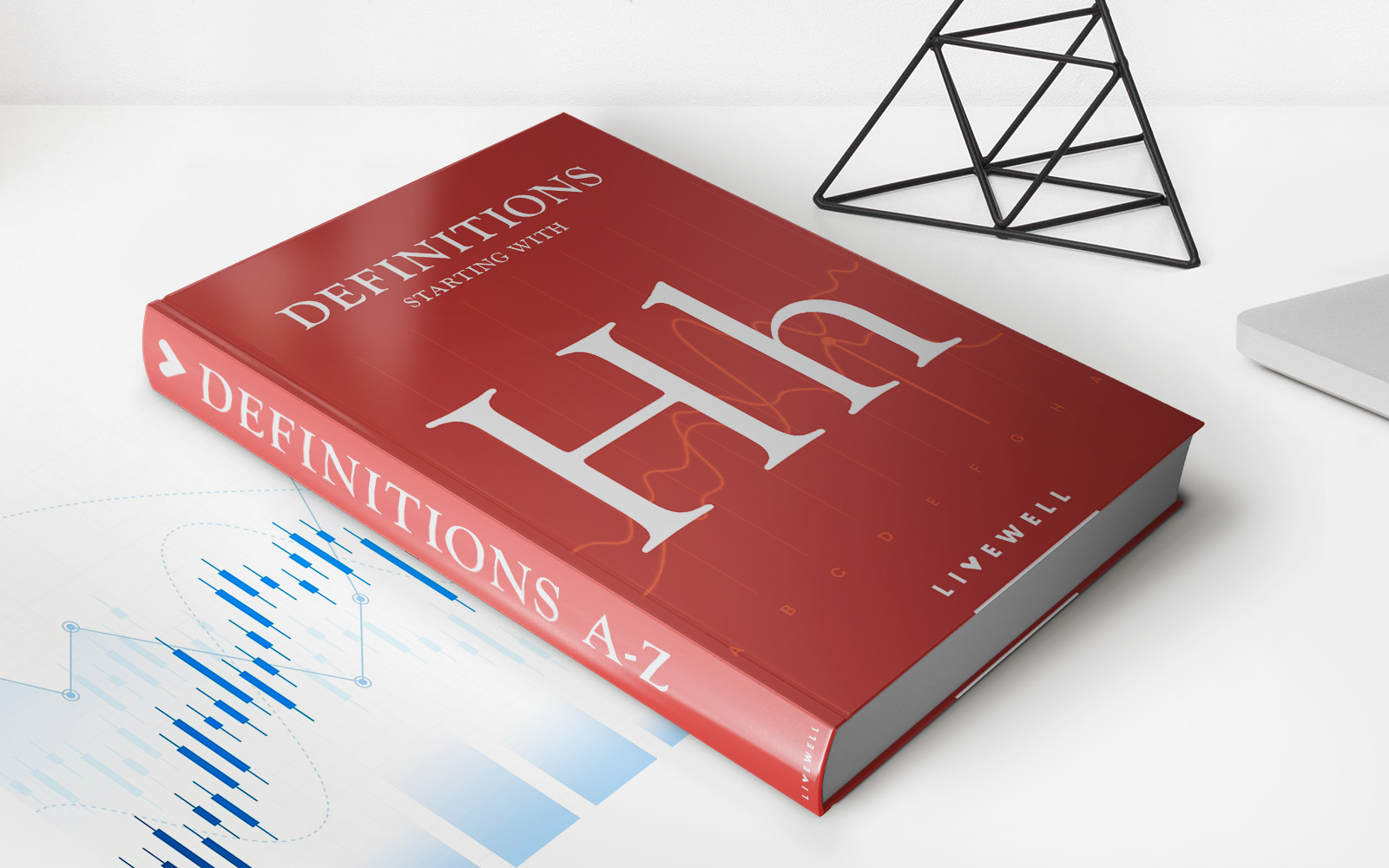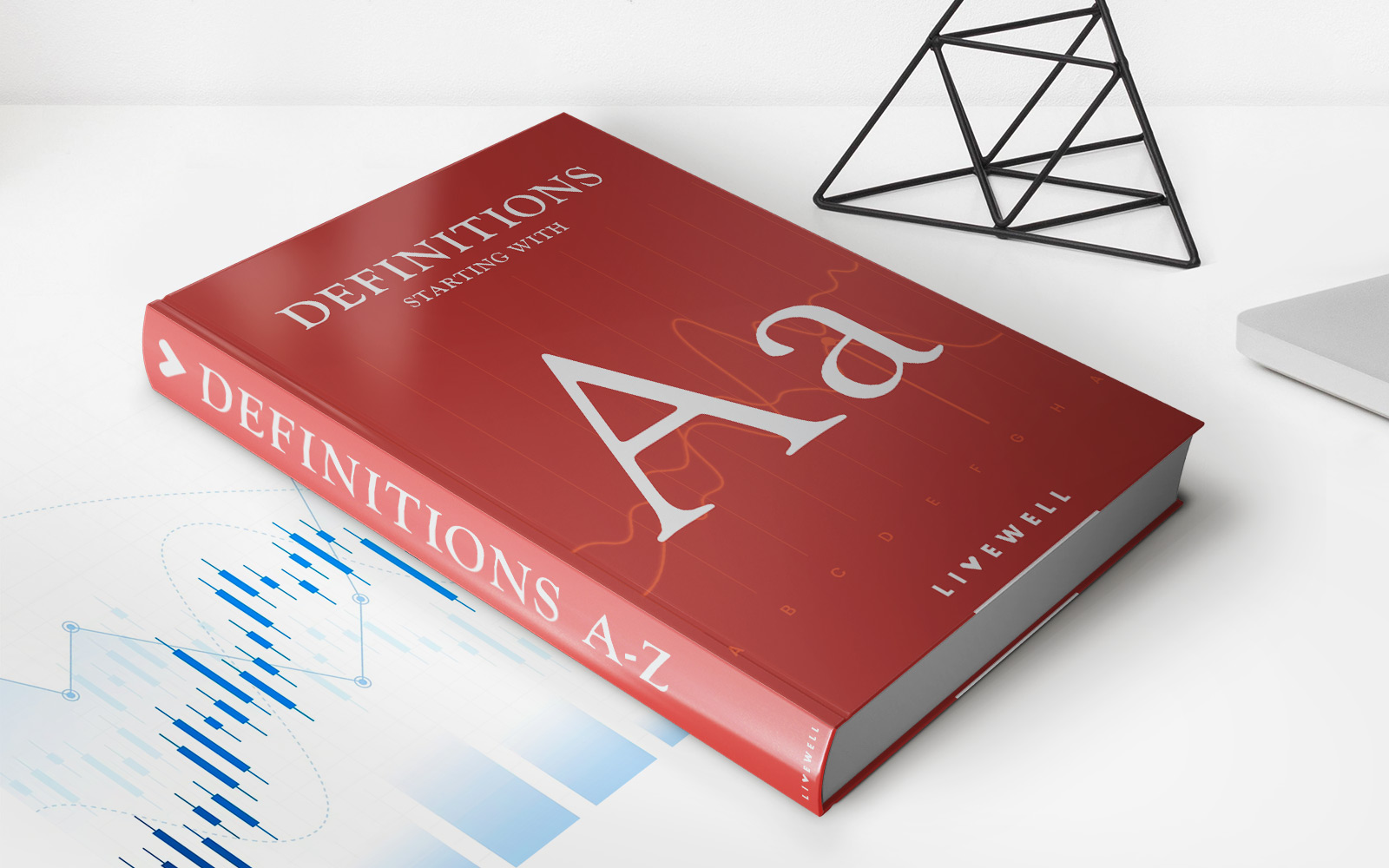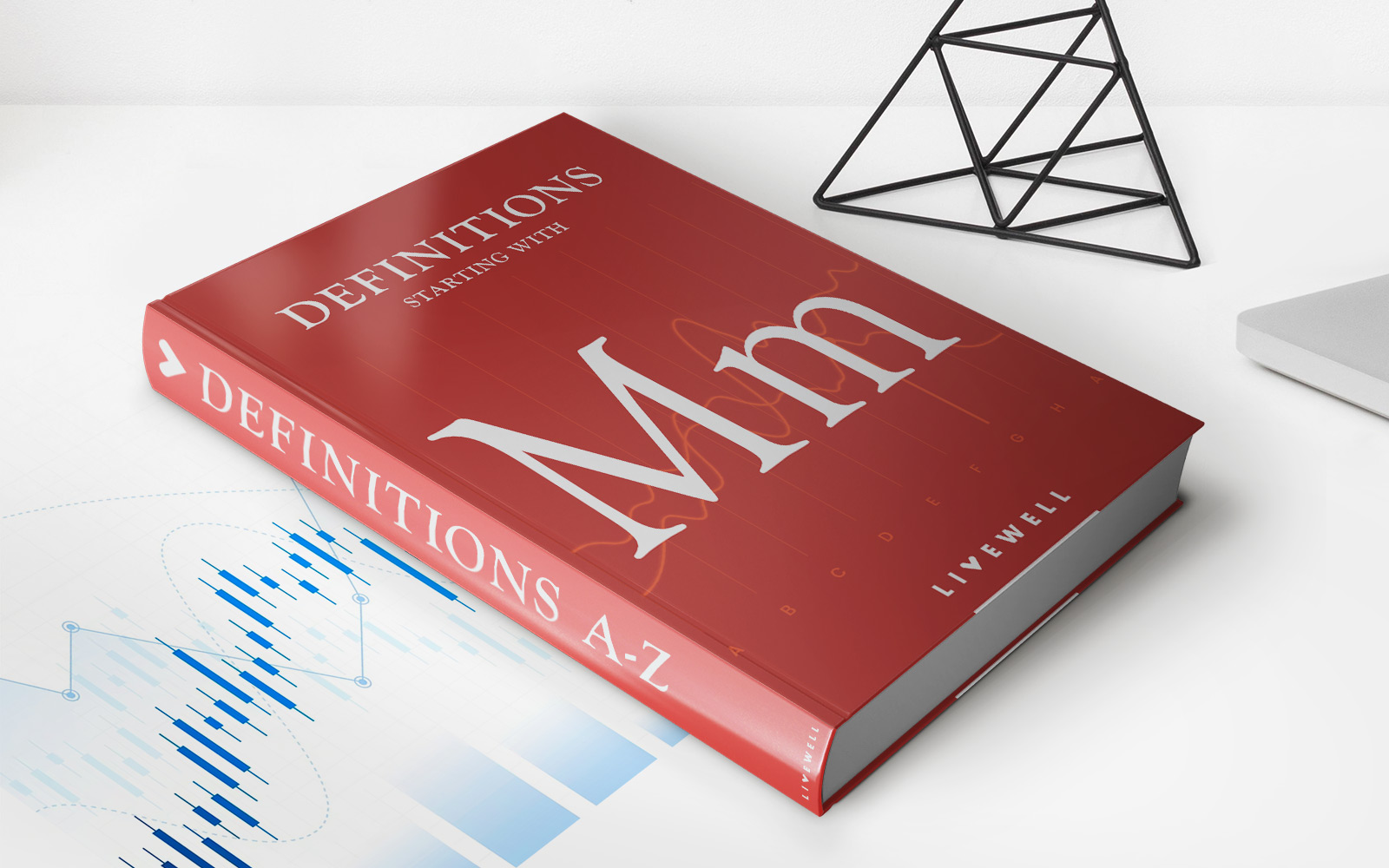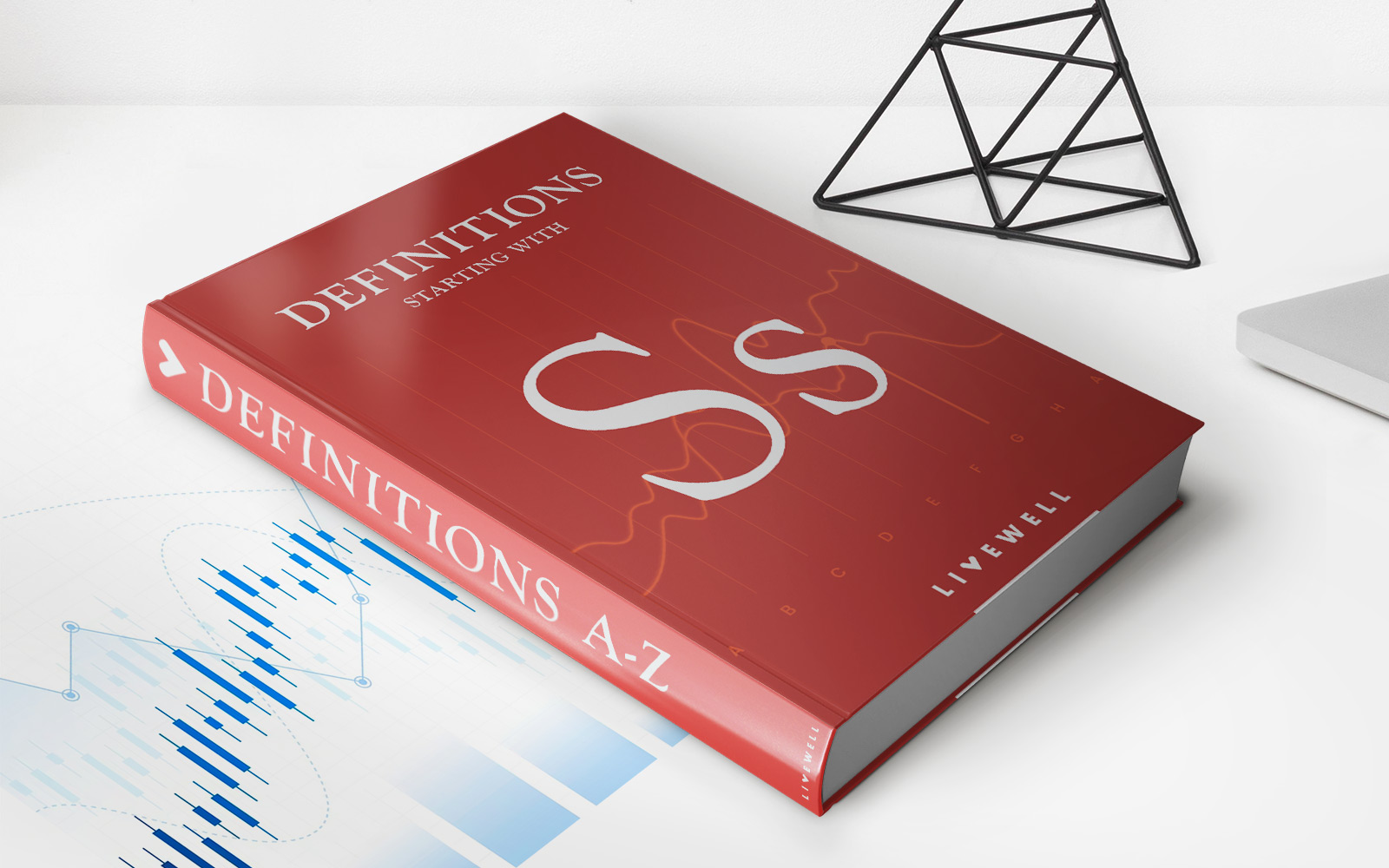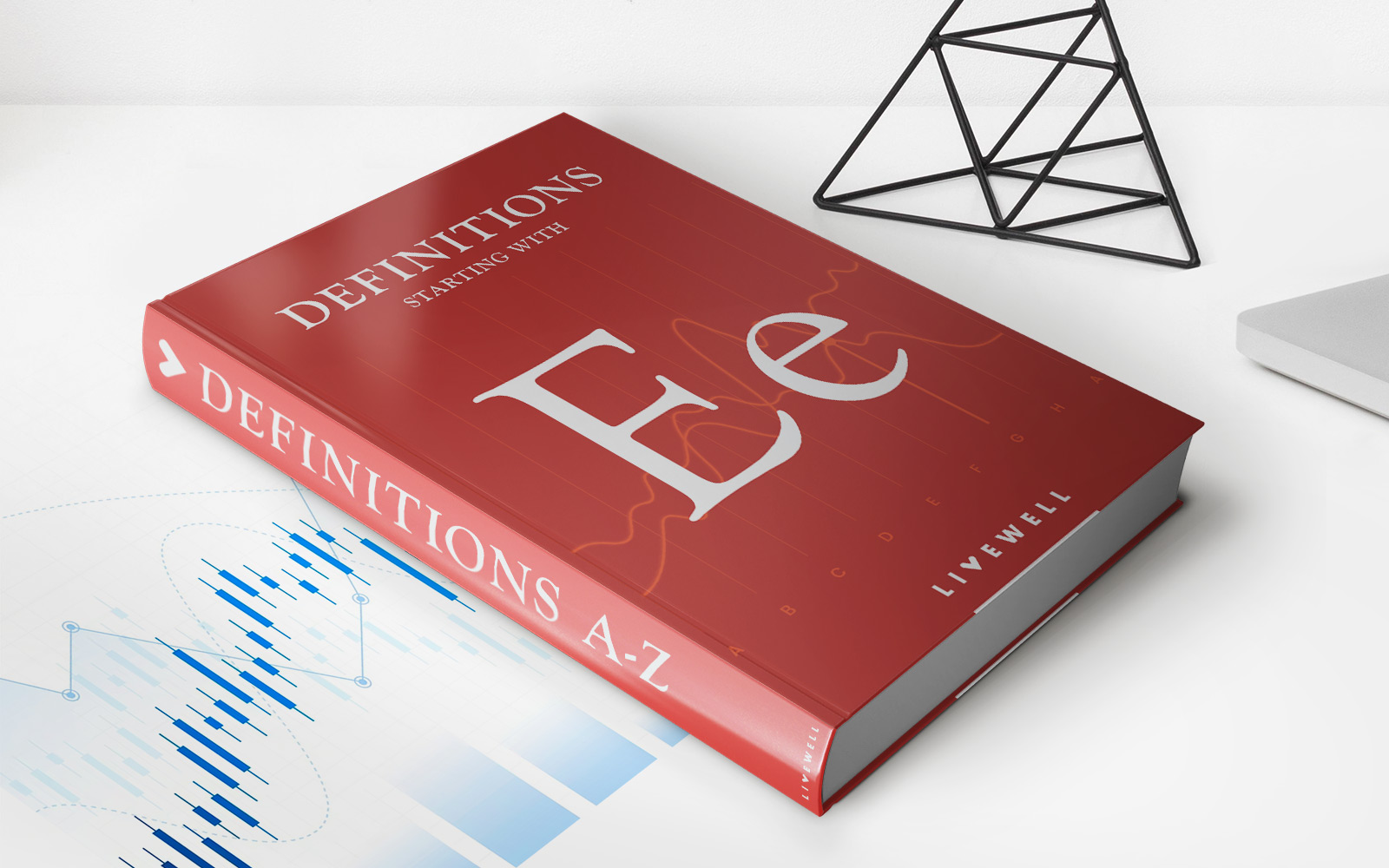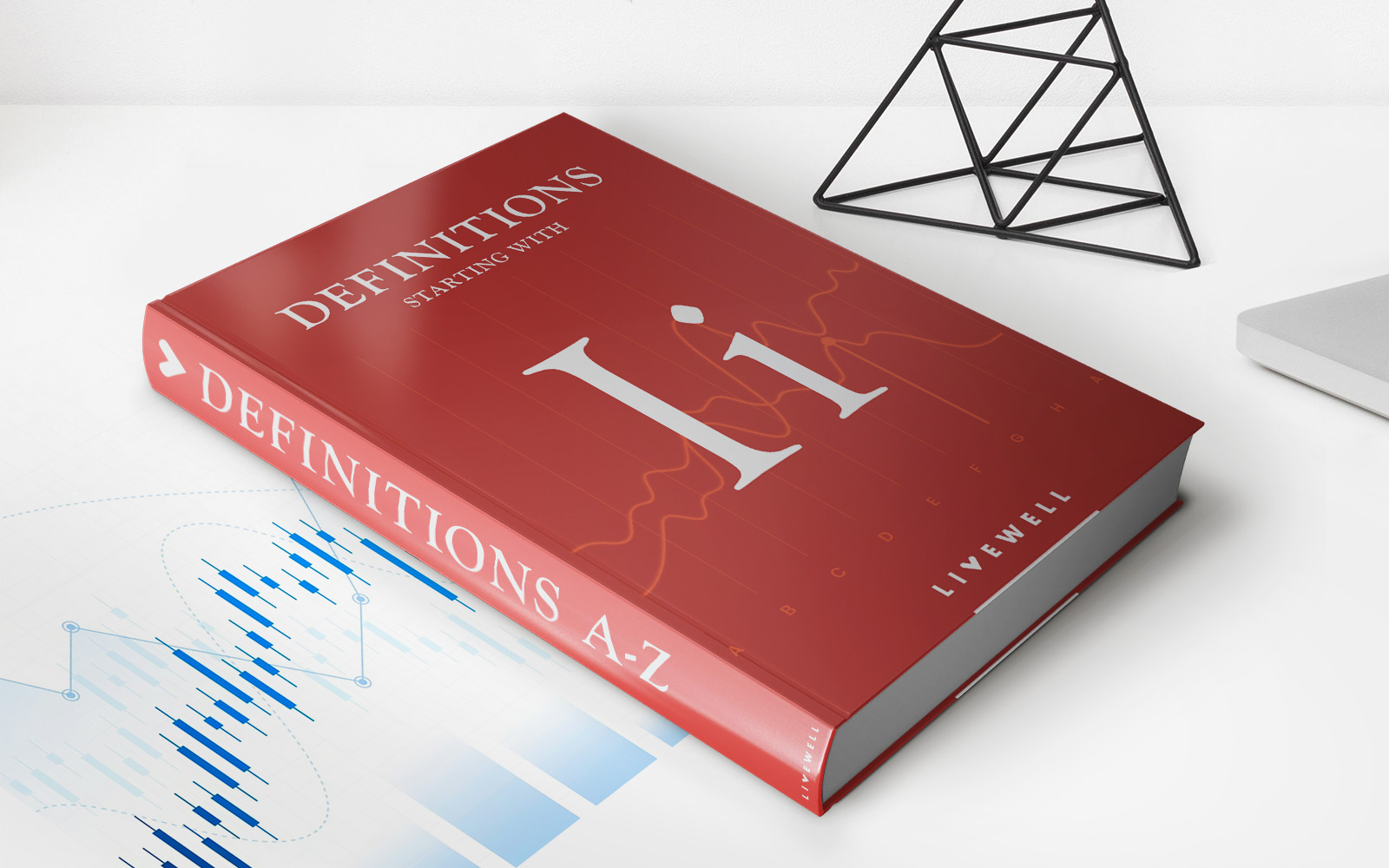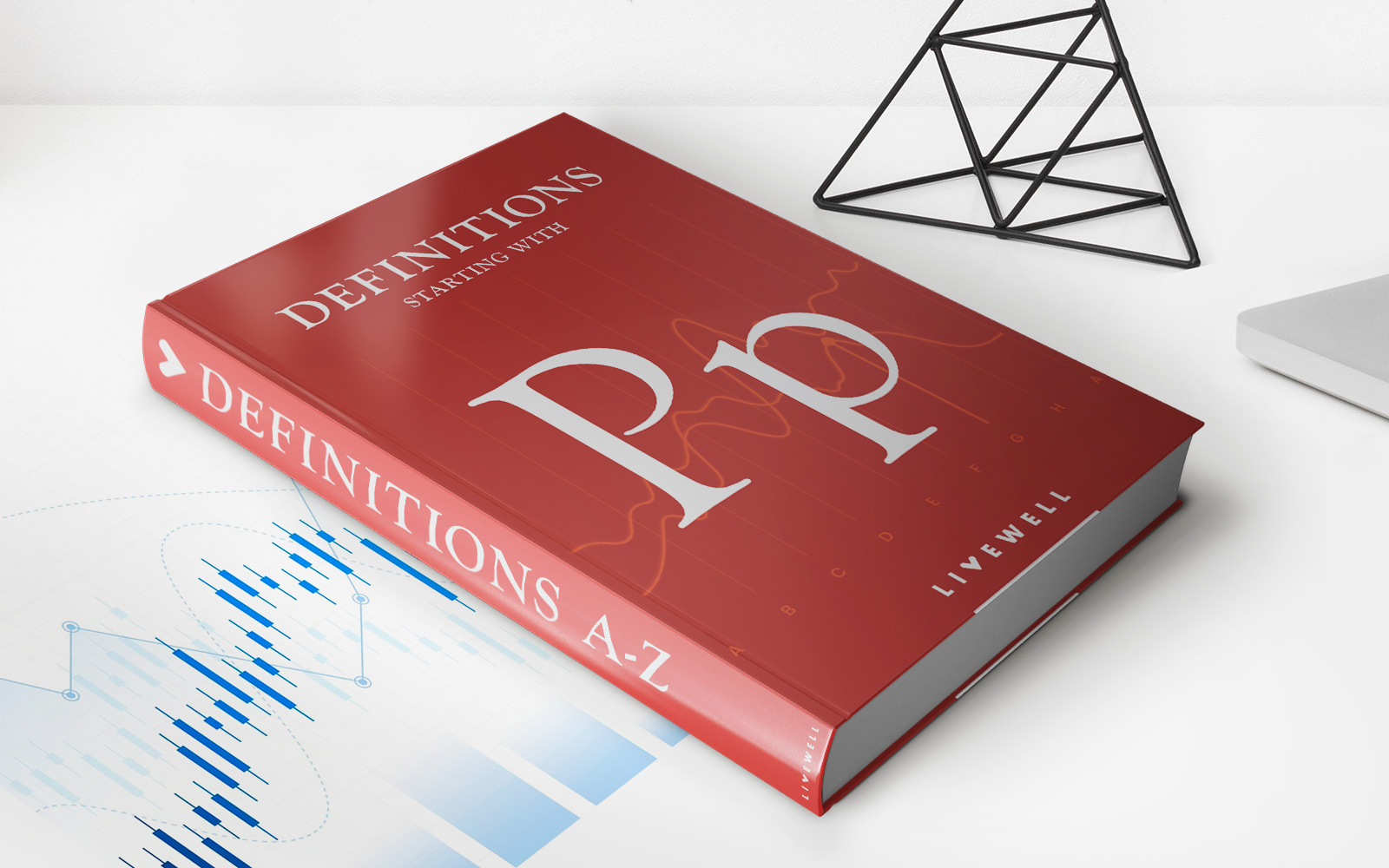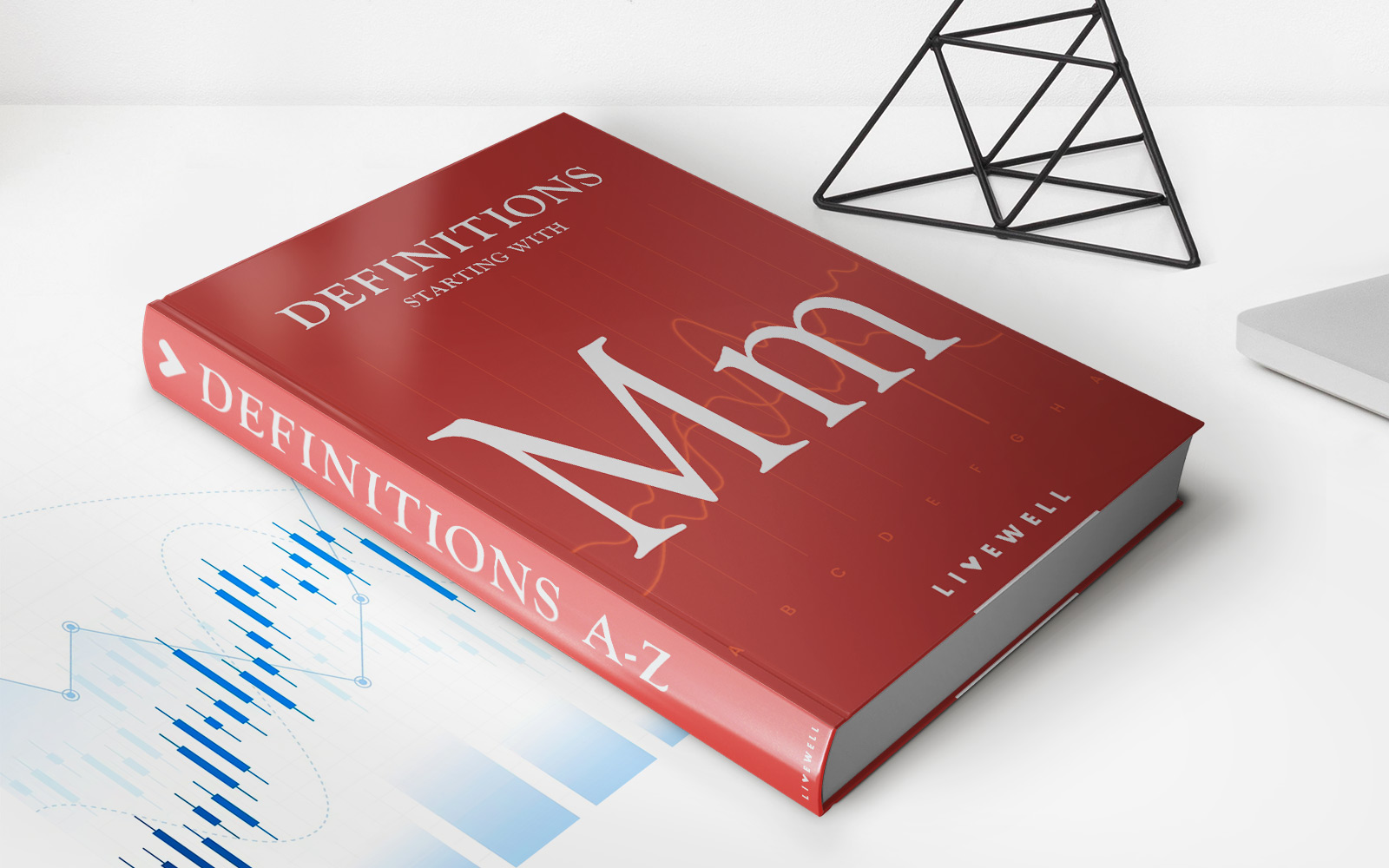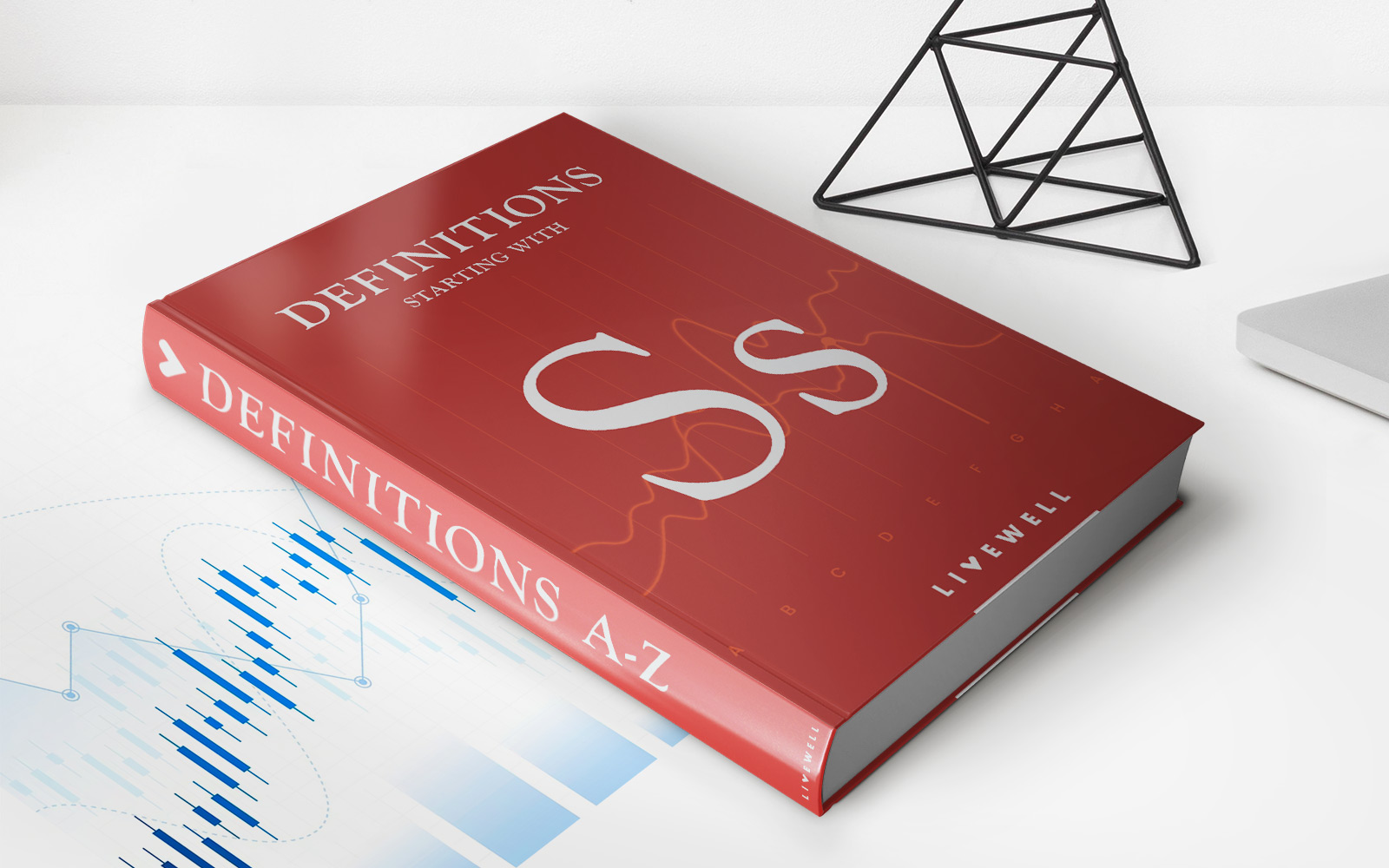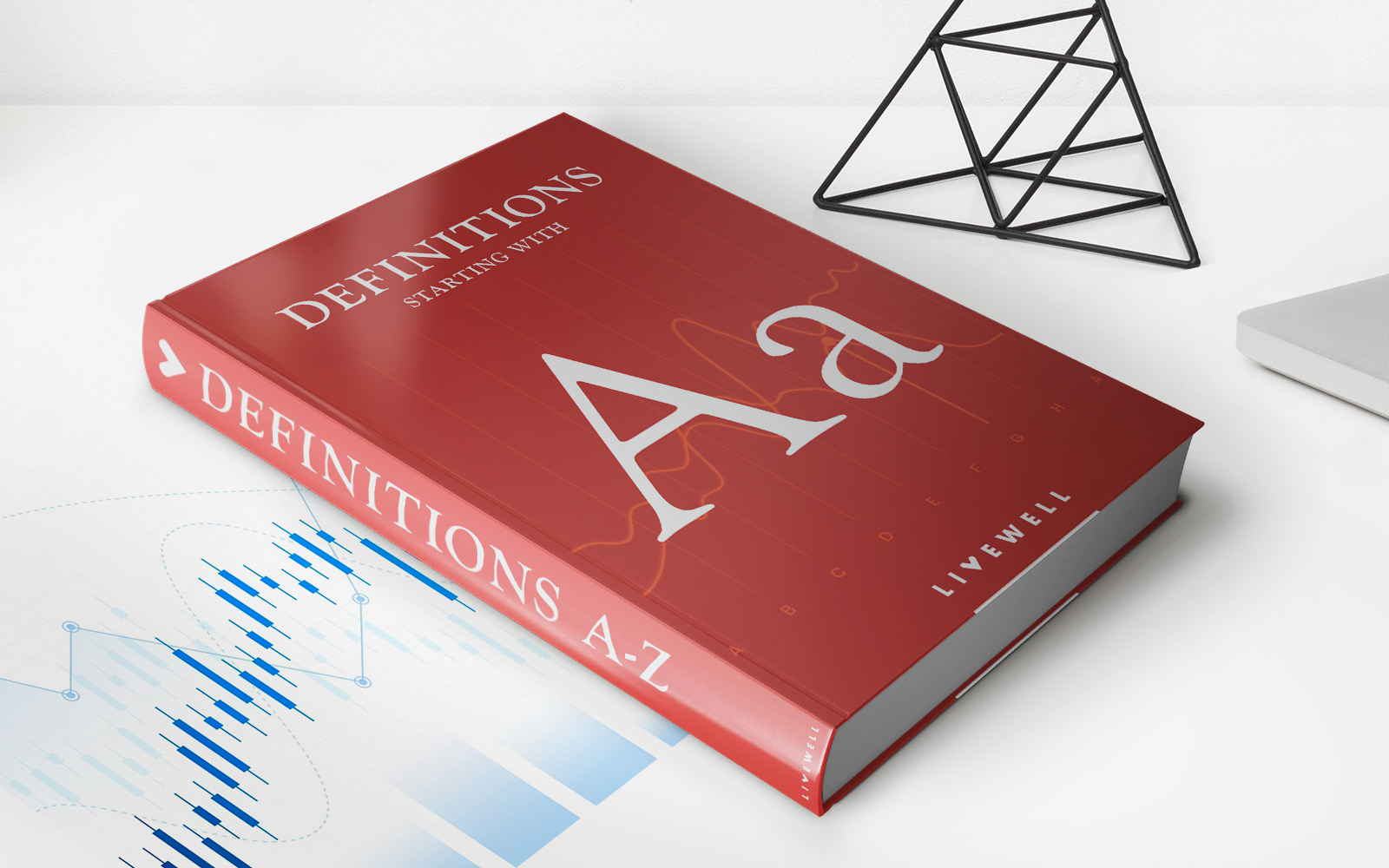Home>Finance>Dove Economic Policy Advisor Definition Vs. A Hawk
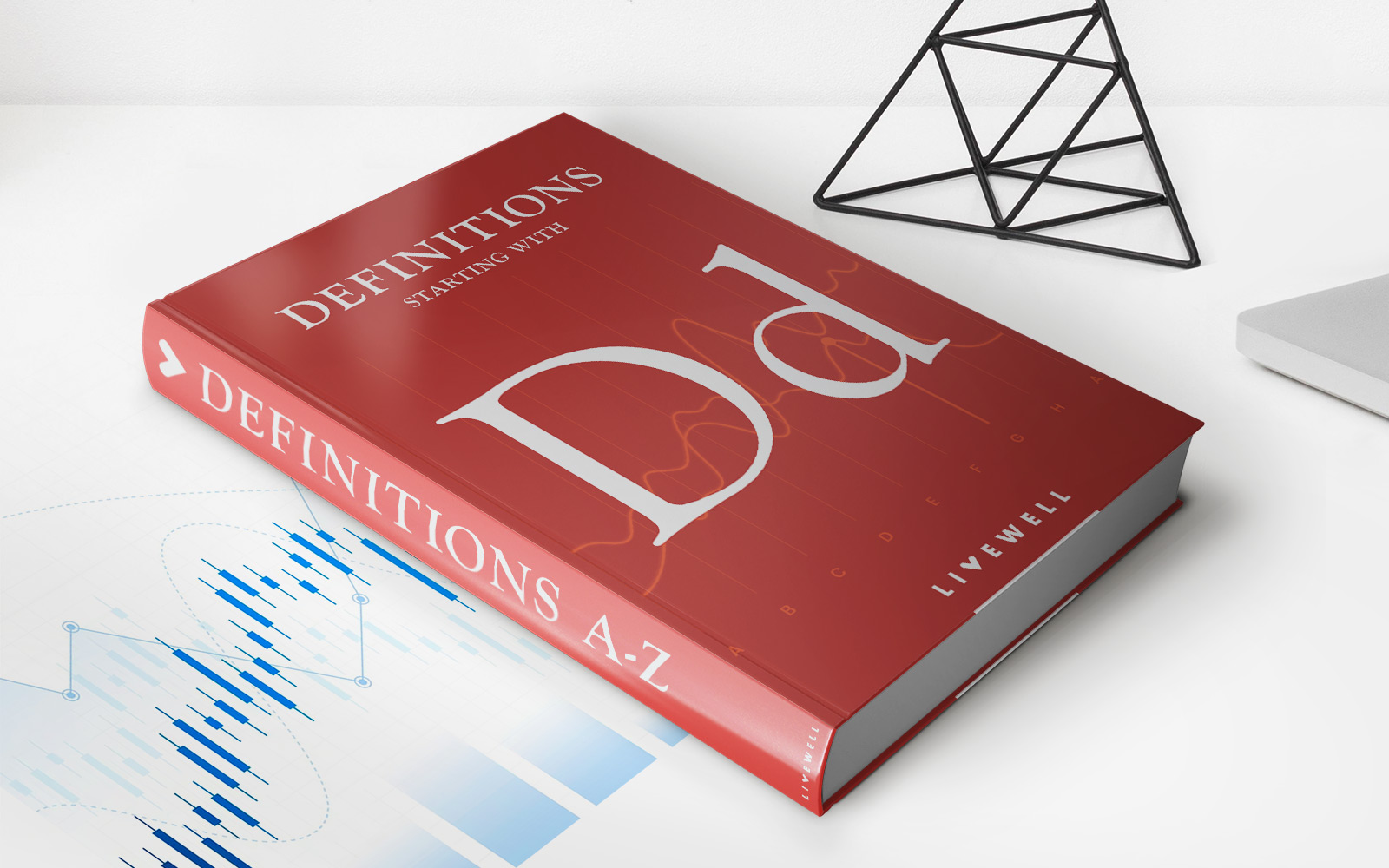

Finance
Dove Economic Policy Advisor Definition Vs. A Hawk
Published: November 14, 2023
Discover the contrasting roles of a Dove economic policy advisor and a Hawk in finance. Explore the differences in their approaches to shaping economic policies.
(Many of the links in this article redirect to a specific reviewed product. Your purchase of these products through affiliate links helps to generate commission for LiveWell, at no extra cost. Learn more)
Understanding the Difference Between a Dove and a Hawk in Economic Policy
When it comes to economic policy, two terms that you may often come across are “Dove” and “Hawk.” These terms refer to different approaches to how central banks and policymakers tackle economic challenges. In this blog post, we will delve deeper into the definitions of a Dove and a Hawk, helping you understand their perspectives and how they influence economic decision-making.
Key Takeaways:
- Doves are more concerned with promoting economic growth and unemployment reduction.
- Hawks prioritize controlling inflation and maintaining price stability.
What is a Dove?
A Dove, in the context of economic policy, is someone who advocates for policies that prioritize promoting economic growth and reducing unemployment. Doves believe that monetary or fiscal policies should be aimed at stimulating demand in the economy, even if it means accepting higher inflation temporarily. They argue that this approach can help improve economic conditions and lead to better job prospects for individuals.
What is a Hawk?
In contrast, a Hawk is someone who prioritizes controlling inflation and maintaining price stability. Hawks are concerned about the potential negative effects of inflation on the economy, such as eroding purchasing power and creating uncertainty for businesses and consumers. They advocate for policies that focus on achieving price stability, even if it means moderating economic growth or increasing unemployment in the short term.
Why the Divide?
The difference between Doves and Hawks stems from their assessment of the current economic conditions and their attitudes towards the trade-off between inflation and unemployment. Doves typically view inflation as a manageable risk, while Hawks consider it a significant concern that must be addressed promptly.
This divide often arises due to differing economic circumstances. For instance, during periods of economic downturn or recession, Doves may emphasize the need for policy measures that prioritize economic growth and job creation. On the other hand, during periods of rapid economic expansion, Hawks may advocate for policies that prevent excessive inflation and maintain price stability.
Which Approach is Better?
There is no definitive answer to which approach is better, as each perspective has its merits depending on the prevailing economic conditions. Both Doves and Hawks contribute to a healthy and balanced economic policy discourse by representing different points of view.
Ultimately, the choice of adopting Dove or Hawk policies depends on policymakers’ assessment of the current economic landscape, their goals, and the prevailing risks and opportunities. Balancing economic growth, stability, and employment remains the objective for most central banks and policymakers.
Conclusion
Understanding the distinction between Doves and Hawks in economic policy is crucial to comprehend the varying approaches to managing the economy. Doves prioritize economic growth and job creation, while Hawks focus on controlling inflation and maintaining stable prices. By weighing the pros and cons of each approach, policymakers can make informed decisions that aim to achieve a balanced and sustainable economic environment.
